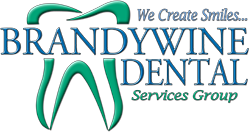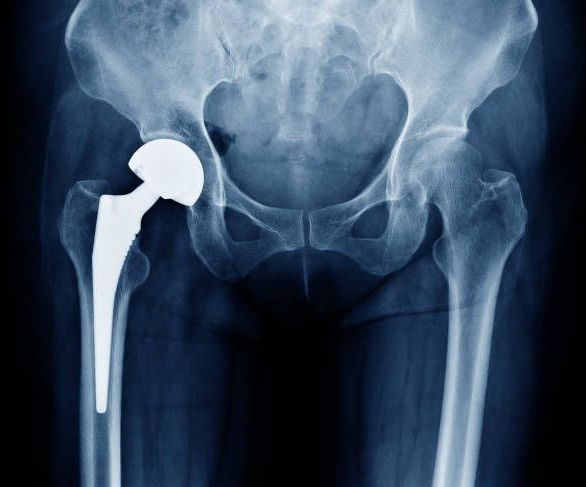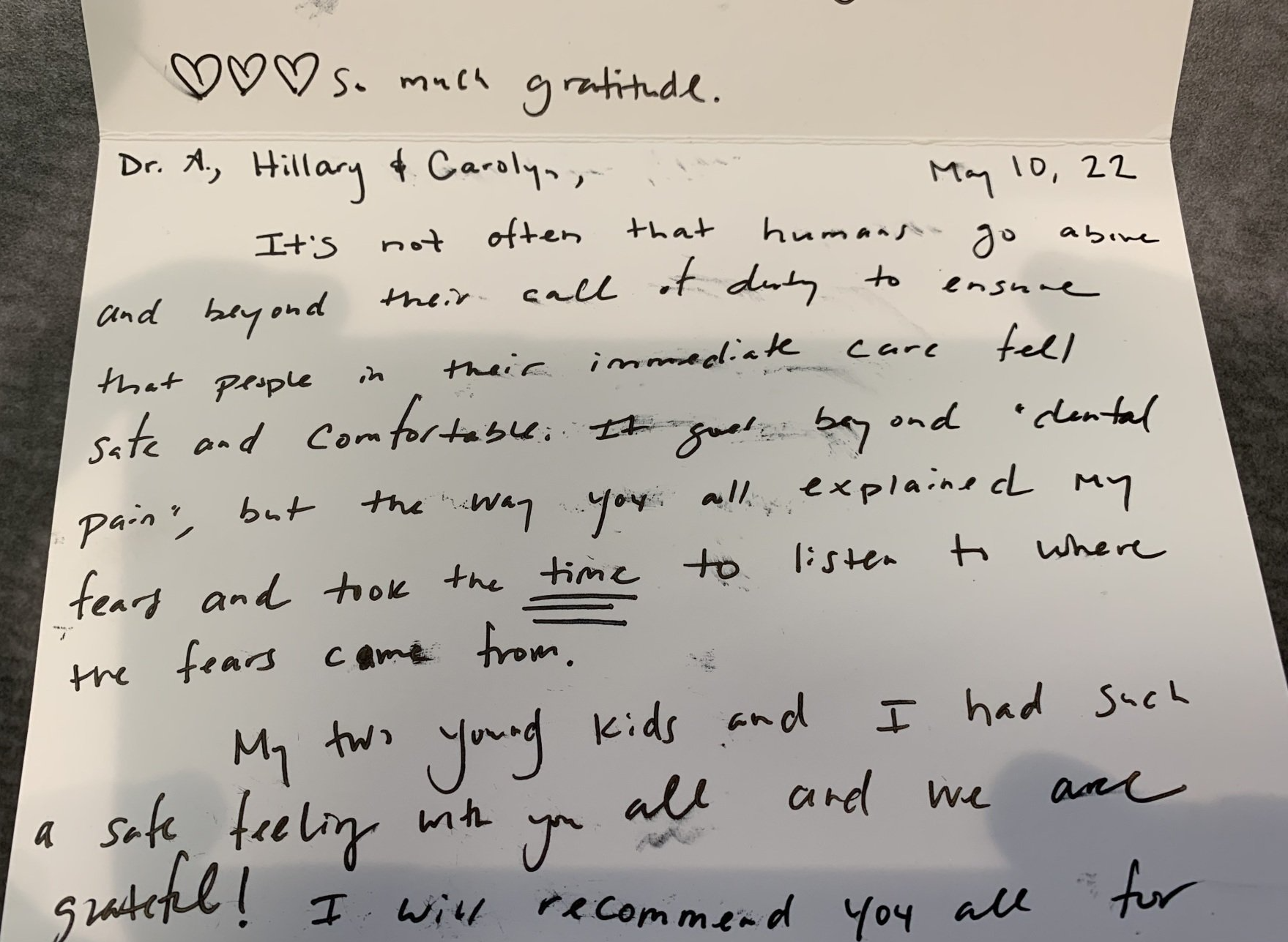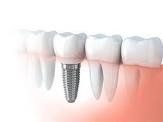OUR BLOGS
Brandywine Dental Services Group
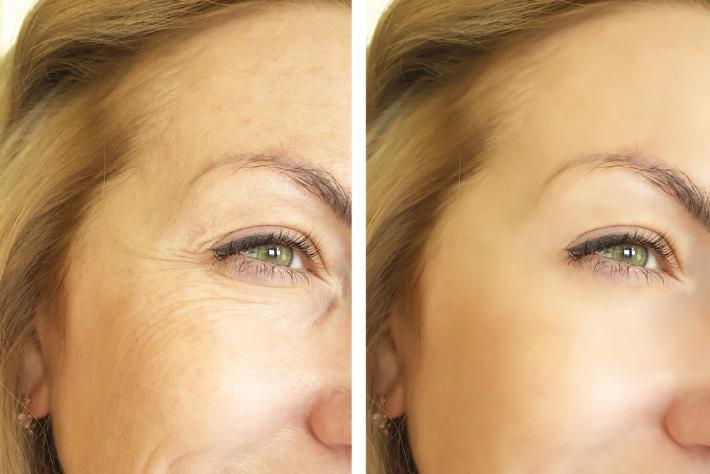
Most people have heard of Botox as an anti-aging treatment, but I get a surprising amount of patients who are not sure how it works. It occurred to me that explaining Botox in “non-medical” terms might be really helpful for those who are unclear.
Botox is simply a medicine that relaxes muscles . As the human face ages, we get wrinkles in the areas of our faces that crease when we repeatedly use the muscles to make strong facial expressions.
Common Areas for Botox:
The most common areas of creasing are the “frown” lines between our eyebrows, the crows feet at the corners of our eyes, and the forehead lines that occur when we raise our eyebrows. Other common areas are the marionette lines that form when we pull our lips down in a frown. All of these creases that our muscles make turn into permanent wrinkles with age.
How does Botox Work?
Botox effectively relaxes the muscles so that our facial expressions are softened a little bit so that the creases stop forming. When that happens, the wrinkles disappear in the treated areas. Like Magic! Botox has a long safety history too, so there is very low risk of side effects.
Botox typically lasts about 4 months , after which injections can be repeated. I use a strong skin numbing cream before the injections which takes away all but the tiniest pinch. I have had Botox injections myself for years and have been so happy with the results, I earned my certification and now share the magic with my own patients. Dentists are uniquely suited to give facial injections, having more experience than most medical doctors! Also, we study facial esthetics and take them into account with so many of our procedures.
How can I get Botox?
I am thrilled to announce I will be making Botox services available at Brandywine Dental Services Group. I will guide you through the steps for the best outcome and look forward to helping you make the most of the “magic” that is Botox. Contact Dr. Teresa Addiego of Brandywine Dental Services Group, at (610) 459-1344, to schedule a Botox consultation today!
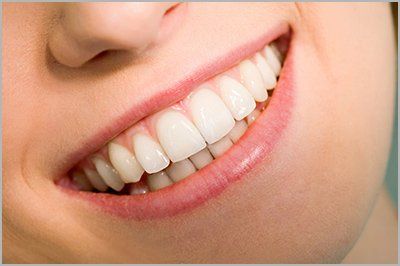
GUM DISEASE:
Did you know that gum disease, also known as periodontal disease, is one of the main causes of adult tooth loss? This oral health condition is an infection that originates in the gums surrounding your teeth and can cause tooth loss. One of the reasons that tooth loss is quite prevalent among adults with gum disease is the mere fact that the condition is virtually painless. This means many individuals do not even know they are affected. This is why we urge our patients to schedule regular dental checkups.
What Causes Gum Disease?
A buildup of plaque is the number one contributor to gum disease. Plaque is a type of bacteria that sticks to the teeth. Everyone has plaque, but not everyone has gum disease. This is because with regular brushing, flossing, and dental checkups the majority of the bacteria are removed. Problems arise when plaque continues to build up, creating toxins that can harm the gums.
Periodontal disease begins below the gum line. During routine checkups, we measure the space between your teeth and gums to detect early signs of periodontal disease, which is called gingivitis. At this stage, a person’s gums may bleed easily and become red or swollen. Periodontal disease at this stage is the most treatable. In fact, the easiest way to eliminate gingivitis is with daily flossing and brushing.
Gingivitis, if left untreated, can quickly advance into periodontitis. It is at this point when damage tends to be irreversible because the gums and bone needed to support the teeth are damaged beyond repair. The result is either spontaneous tooth loss or removal by the dentist.
Other signs of periodontal disease include: • Continual bad breath • Pus between the gums and teeth • Permanent teeth that have loosened or separated from the gums • Changes in the way partial dentures fit • Changes in your bite
Are You at an Increased Risk for Developing Periodontal Disease?
Some people are at a greater risk due to lifestyle choices, medical and dental conditions as well as medications they may take. These factors can increase your risk:
• Crooked teeth
• Improperly fitted bridges
• Pregnancy
• Old fillings
• Diabetes
• Anti-steroid and anti-epilepsy medications
• Cancer therapy drugs • Oral contraceptives
• Calcium channel blockers
• Smoking
• Use of chewing tobacco
If you have some of these risk factors, routine dental checkups and proper oral hygiene habits are a must.
Treating and Preventing Gum Disease
There are solutions for treating gum disease. However, these solutions vary depending on the severity of the case and your individual dental history. Common non-surgical treatments include root planing and scaling (deep cleaning) as well as at-home periodontal trays. Periodontal surgery, laser gum surgery, and dental implants are other solutions for advanced periodontist disease.
Obviously, the best way to treat gum disease is to prevent it from happening in the first place. Periodontal examinations performed during routine dental checkups help you manage your oral health and maintain a healthy smile. Practicing good oral hygiene habits at home can significantly lower your chances of developing gum disease. You can reduce your risk by incorporating the following into your lifestyle: • Brush regularly • Eat a well-balanced diet • Floss daily • Schedule six month visits with your Glen Mills, PA, dentist
In the event you are diagnosed with Periodontal Disease, your team at Brandywine Dental Services Group is here to help. Board Certified Periodontist, Dr. Jeff Doblin, has recently joined our practice, and has been skillfully caring for his patients for over 20 years. He is known for his compassion to his patients and we are sure that you will feel comfortable in his care.
To schedule an appointment with us for a screening, give Brandywine Dental Services Group a call today.

Emergency Dental Care in Glen Mills, DE:
If you are our patient and have a dental emergency, we want you to call us as soon as possible. For dental emergencies that require immediate attention after hours, you can call our office and our voice mail system will alert us that you need assistance. In the event that you cannot reach us, dial 911 for emergency assistance.
We are available to assist you day or night, 24 hours a day, seven days a week. When your dental health is in jeopardy you can depend on us to do everything in our power to make certain you are treated quickly and without unnecessary delay. Dental emergencies are rare, but they do happen from time to time. At Brandywine Dental Services Group, we know it is important that you are taken care of no matter the day or time. Dental emergencies we treat include the following: • Broken teeth/Cracked teeth • Bitten tongue or lips • Broken jaws • Tooth loss/Injury • Objects caught in between teeth • Acute toothache
We make it our priority to ensure that your dental needs are taken care of!
CONTACT INFORMATION
Phone: 610-459-1344
Hours of Operation
- Monday
- -
- Tuesday
- -
- Wednesday
- -
- Thursday
- -
- Friday
- -
- Saturday
- Closed
- Sunday
- Closed
SEND US A MESSAGE
We will get back to you as soon as possible
Please try again later
BROWSE OUR WEBSITE
CONTACT INFORMATION
Address:
The Shoppes at Smithbridge
331 Wilmington West Chester Pike #7
Glen Mills, PA 19342
Phone: 610-459-1344
Email: office@brandywinedentalservices.com
Hours of Operation
- Monday
- -
- Tuesday
- -
- Wednesday
- -
- Thursday
- -
- Friday
- Appointment Only
- Saturday
- Closed
- Sunday
- Closed
SEND US A MESSAGE
We will get back to you as soon as possible
Please try again later
